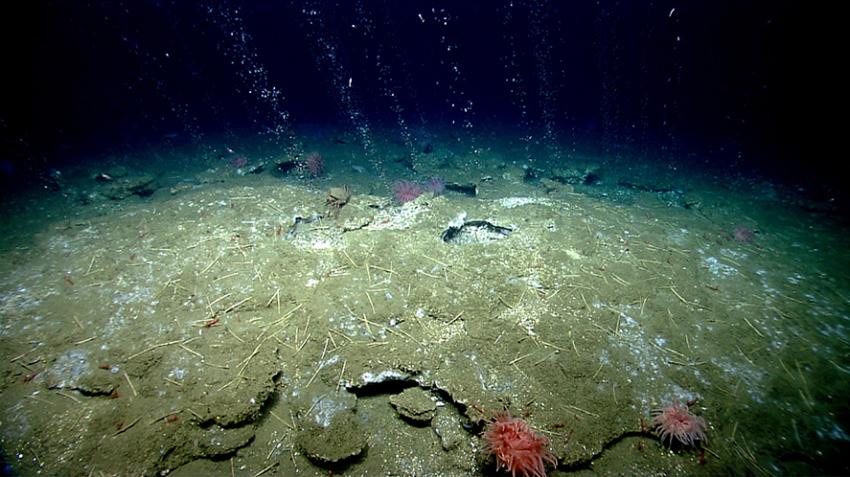-
Tips for becoming a good boxer - November 6, 2020
-
7 expert tips for making your hens night a memorable one - November 6, 2020
-
5 reasons to host your Christmas party on a cruise boat - November 6, 2020
-
What to do when you’re charged with a crime - November 6, 2020
-
Should you get one or multiple dogs? Here’s all you need to know - November 3, 2020
-
A Guide: How to Build Your Very Own Magic Mirror - February 14, 2019
-
Our Top Inspirational Baseball Stars - November 24, 2018
-
Five Tech Tools That Will Help You Turn Your Blog into a Business - November 24, 2018
-
How to Indulge on Vacation without Expanding Your Waist - November 9, 2018
-
5 Strategies for Businesses to Appeal to Today’s Increasingly Mobile-Crazed Customers - November 9, 2018
Methane Bubbles coming up from ocean vents off Washington and Oregon coasts
When seawater is too warm hydrate molecules splits and methane gas is unleashed into the seafloor.
Advertisement
Most methane plumes don’t make it all the way to the surface.
Fourteen bubble plumes emerged out in the coasts of Oregon and Washington and were monitored within the transition depths. In a 2014 study, the ocean is warming at 0.3 miles depths because of warm water surfaced in a climate change-caused hotspot off Siberia and moved by ocean currents to the region.
The Environmental Defense Fund (EDF) warned that post-release, methane is 84 times more powerful than carbon dioxide, and that 25 percent of the man-made global warming experienced today is from methane emissions.
Researchers at University of Washington have unveiled that methane deposits frozen in the seabed off the coasts of Oregon and Washington for so many years has started oozing out through the warming oceans. Computer models calculate the hypothetical amount of methane hydrates in the sea floor using data collected on organic content, pressure, and temperature.
“We see an unusually high number of bubble plumes at the depth where methane hydrate would decompose if seawater has warmed”, explains lead author H. Paul Johnson. But a few part of that gas escapes seafloor pores and forms bubble plumes. Methane is an extremely powerful greenhouse gas and could potentially accelerate global warming.
But most of the deep-sea methane seems to get consumed during the journey up. That can lower the oxygen content of the water and produce more-acidic conditions in the deeper offshore water, which eventually wells up along the coast and surges into coastal waterways, where acidification is already a problem for shellfish. Moreover, if methane continues to be released from frozen deposits, seafloor slopes may become destabilized since there is no frozen methane to keep them glued to one another.
Results show that methane gas is slowly released at nearly all depths along the Washington and Oregon coastal margin. The warming at this ocean level could melt methane deposits on the Cascadia subduction zone, which runs from northern California to Vancouver Island.
The research sought evidence of bubble plumes off the coast, such as based on research cruise observation, earlier studies, and reports from local fisherfolk. A new study said 168 bubble plumes had been detected in the past 10 years, a disproportionate number of which were found at a critical depth for methane hydrates’ stability.
Furthermore, Johnson notes, “What we’re seeing is possible confirmation of what we predicted from the water temperatures: Methane hydrate appears to be decomposing and releasing a lot of gas”.
Advertisement
At present, co-author and oceanography associate professor Evan Solomon is analyzing the chemical composition of bubble plume samples emitted at about 500 meters deep off the Washington coast, seeing whether the gas comes from methane hydrates instead of other sources.




























